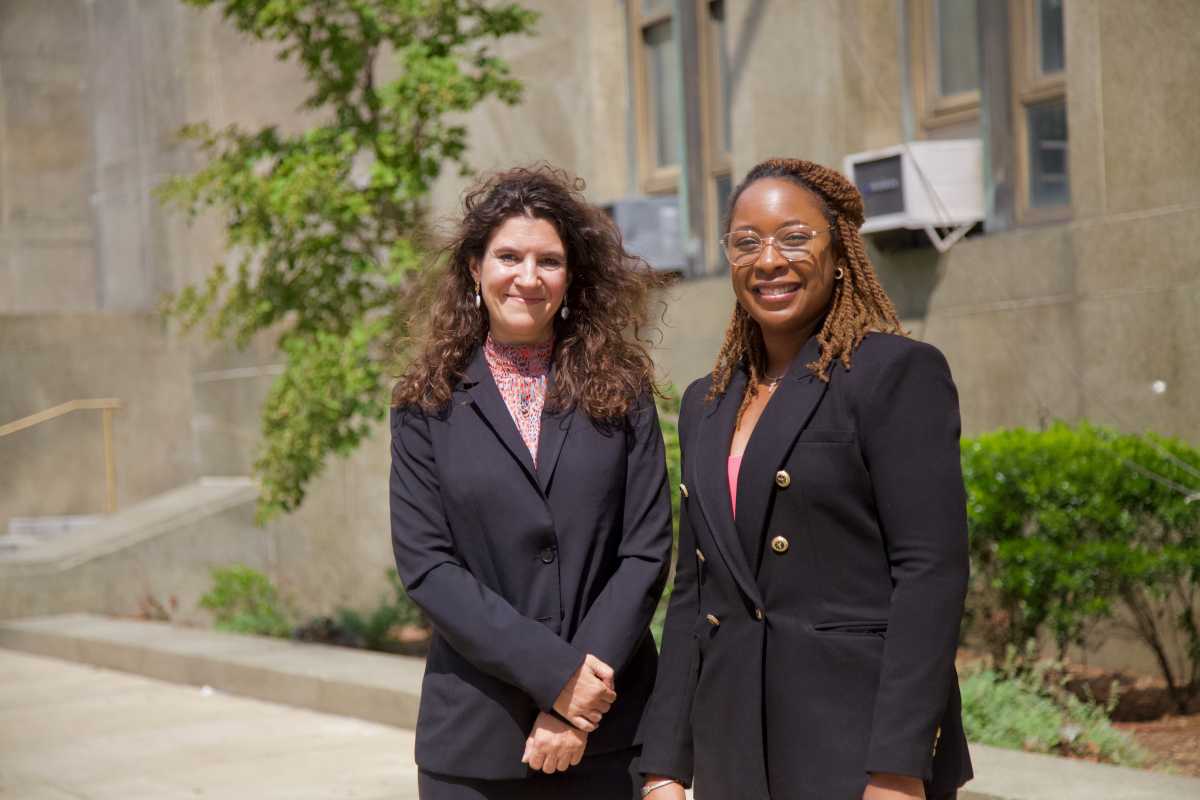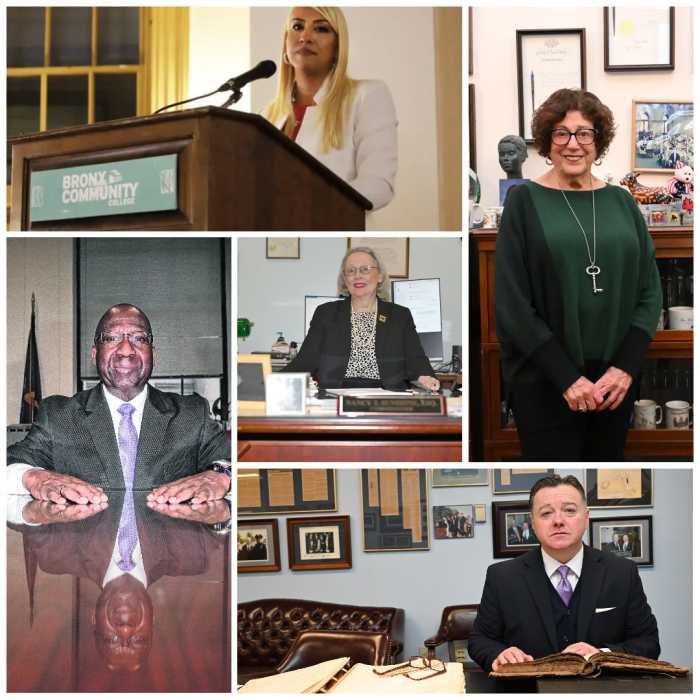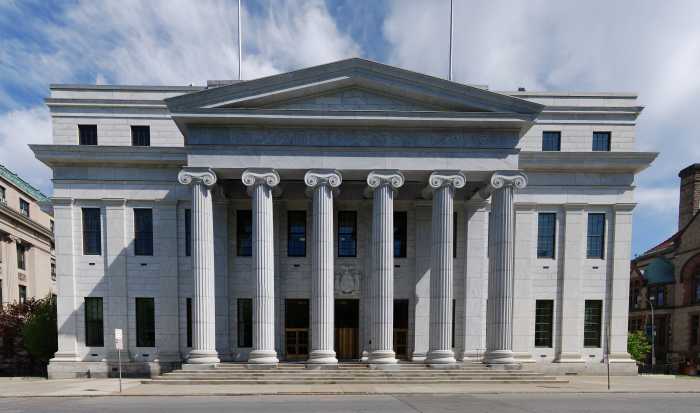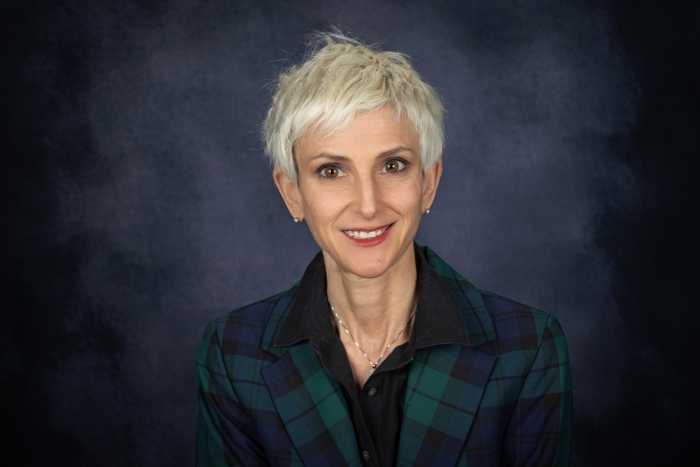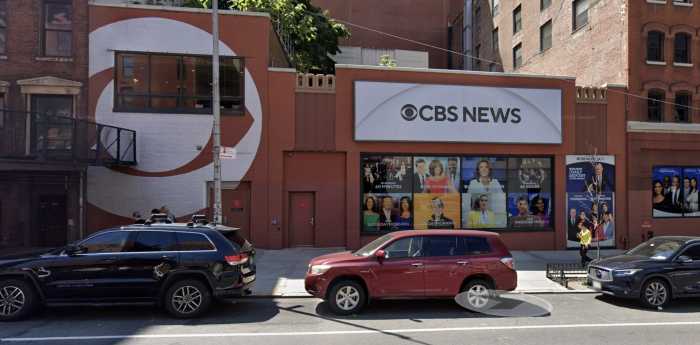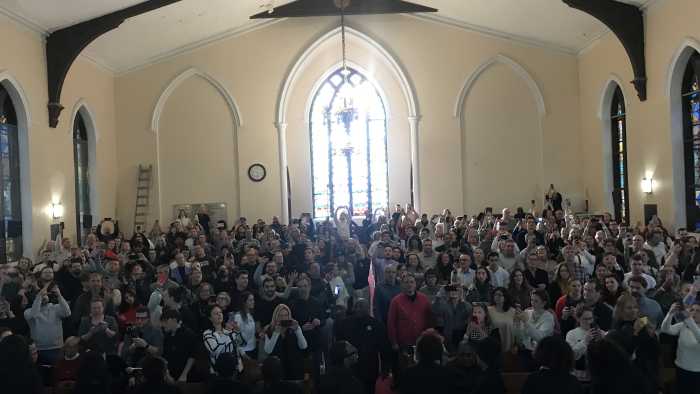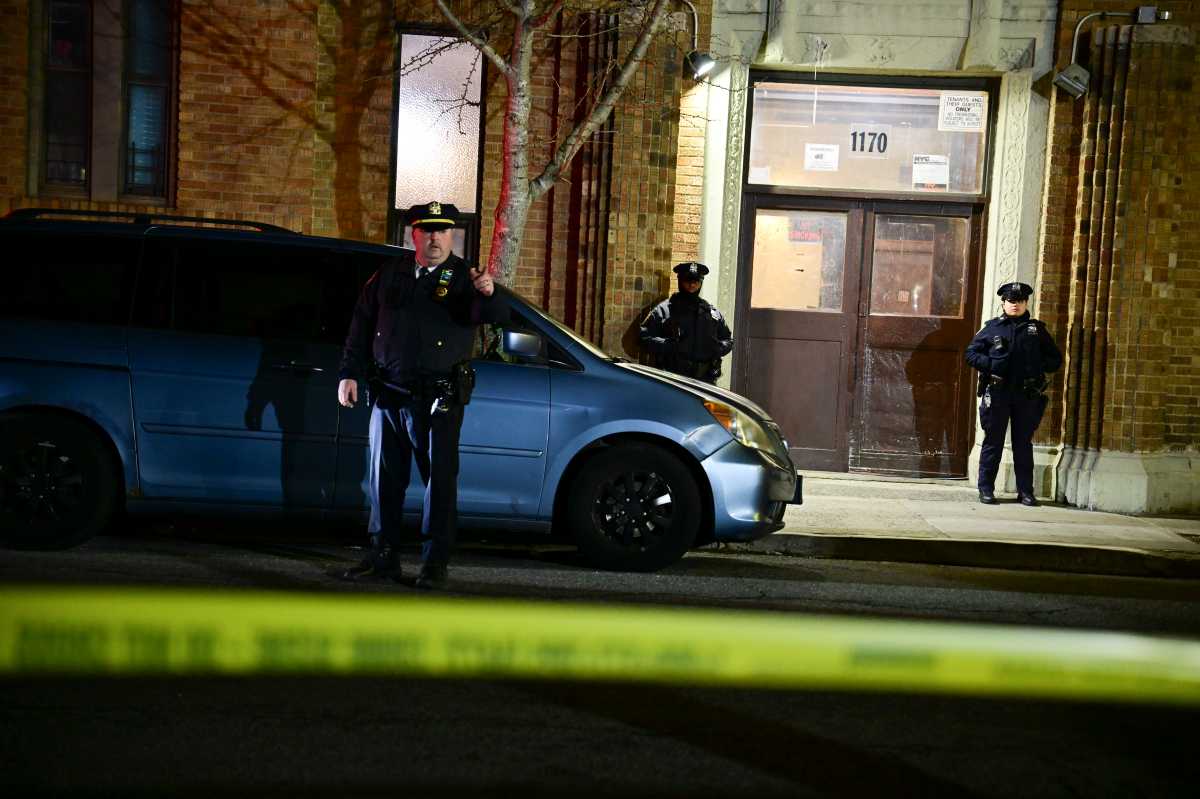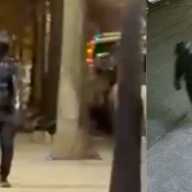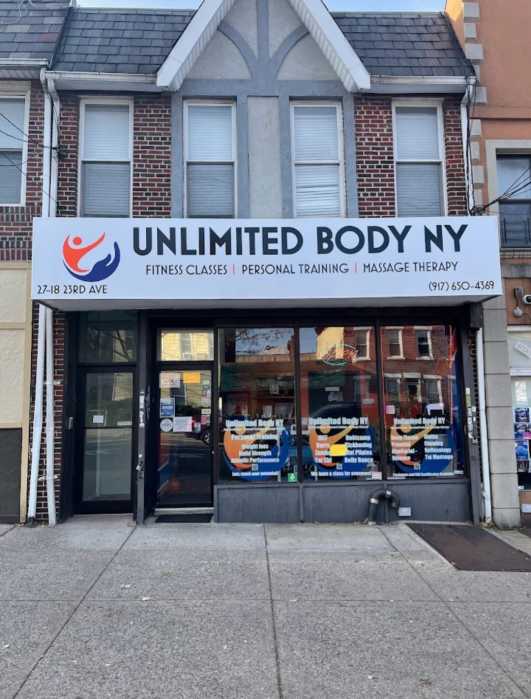The most recent murder conviction the Manhattan District Attorney’s Post-Conviction Justice Unit reversed hinged on skin cells scraped from the fingernails of a victim and stored away for 31 years.
Forensics technology that didn’t exist in the 1990s identified DNA of someone who was neither of two men convicted of the murder. The finding cast serious doubt on their confessions, which both men said they gave under pressure from police.
The result sits at the intersection of advances in technology and reflections over faulty police methods of the not-so-distant past. This fusion of forensic and social science undergirds the unit’s approach, and breaks away from the traditional, adversarial form of justice most might associate with a district attorney.
But that doesn’t put it at odds with other forms of prosecution, said Terri Rosenblatt, the unit’s former chief who led its creation and now works as its general counsel.
“It fits in quite naturally to the work of any prosecuting office,” said Rosenblatt, “Our mandate is to do justice and to do the right thing and to follow the facts. And that’s no different whether you’re investigating an open case or whether… you’re investigating a credible claim of wrongful conviction or innocence.”
Manhattan District Attorney Alvin Bragg created the borough’s PCJU, the fifth to be established in New York City, shortly after he came into office in 2022. The unit has grown to a staff of 14 and has successfully reversed 13 convictions, including seven homicides.
As Bragg runs for reelection on a message of “safety and fairness,” the PCJU has become a key accomplishment for him to cite.
Typically the unit’s investigations begin as tips from a network through criminal justice advocates, letters from community members and clergy and incarcerated people where there’s a credible claim of wrongful conviction. The unit has an online application for consideration.
From there, the unit scours evidence, looking for anything new that sheds light on cases where years later the convicted is still claiming innocence.
“We will take apart every single case bit by bit, step by step, where we create a plan and how we’re going to execute that plan regarding the investigation,” said Shalena Howard, unit chief. “Whether it’s a robbery where it’s a murder, we all collectively look at the case in the same view because our ultimate goal is to find out what the truth is — whatever that might be.”
Aside from its exhaustive investigations, the unit performs a systemic review in which it identifies misdemeanor cases tied to a list of police officers “dismissed for serious job-related criminal conduct” to throw out. It successfully has vacated and dismissed over 500 such cases.
While it may seem the unit is single-minded in reversing convictions, Rosenblatt and Howard say it’s actually to get closer to the truth.
“Just to be really clear, a post-conviction justice unit investigation that confirms that the original results were correct is just as satisfying a result for our team as one that leads to an exoneration because it was truth seeking,” Rosenblatt said.
When Rosenblatt began building the unit, she said that her guidance from Bragg was to adhere to advanced research on wrongful convictions and create a team that would engage at the neighborhood level – talking to “people’s grandmas and cousins and aunts that are living in buildings and may have seen a shooting 30 years ago. We’re in these buildings. We’re in the community,” Howard said.
The national model for post-conviction work involves DNA-related exonerations, which in turn have helped shed light on the problem of false confessions. Going back to the ‘90s technology was only sensitive enough to test DNA in blood or other bodily fluids, so forensic DNA cases did not typically involve a full genetic sequencing.
“Now we have DNA testing that is sensitive enough to detect DNA from as little as a single skin cell,” Rosenblatt said.
This new form of testing can either link the crime to someone else or exclude the convicted person as the perpetrator. But DNA exonerations have also prompted a closer psychological evaluation in eyewitness identification and confessions, and brought to light new ways that they can sometimes be flawed.
When you have technology that is “getting closer and closer to the truth” then “what that also is doing is teaching us lessons about the other things that were happening in those cases,” Rosemblatt said.
Getting closer and closer to the truth, however, can be disruptive to survivors or the families of victims of violent crimes who thought they had come to a sense of closure through a faulty conviction. For that reason, Howard said that the unit works closely with the DA’s Survivor Services Bureau, which provides counseling and support to victims’ and survivors’ families who are reencountering the pain of old cases.
“It’s never easy talking to a family member about their loved one who had passed away in a tragic way and having them relive that trauma that they thought they had buried 30 years ago,” Howard said. “So we do our best to have relationships with those families throughout the course of our work in many respects.”
The process can also clash with other prosecutors working in the DA’s office, some of whom theoretically may have worked to secure the conviction that the unit is working to reassess. With this in mind, the unit was created independently from trial bureaus within the DA’s office to avoid conflicts of interest.
Asked whether there were specific cases that served as benchmarks for their work in the PCJU, Rosenblatt and Howard both said that for them the satisfaction doesn’t come from just one outcome but from the relationships they’ve built with victims, survivors and witnesses.
“We really like the term ‘rocking’ with people. Sort of like sitting on the front porch and you’re rocking,” Rosenblatt said. “We’re rocking with our witnesses, we’re rocking with our victims and survivors. At some point in the investigation we’ll be rocking with the actual applicants. And so you get very close to people.”
She added that there are unfinished cases that never get to the point of exoneration, but that still creates a meaningful connection to community members. Howard said that it’s a privilege that the unit was created to send its investigators out into the field to gather testimony from people connected to each case.
Both Howard and Rosenblatt began their careers in public defense before entering the realm of prosecution through the unit’s gravitational pull. Rosenblatt came to the DA’s office from a post leading the DNA unit at the Legal Aid Society. Howard came from serving as a principal court clerk for a state Supreme Court justice in Bronx County, where she’s from.
“I thought I was going to be a public defender forever,” said Howard. “But I think that the work is so impactful and so important, and it is another part of the system that needs great lawyers.”
Looking back at their defense work, both brought up the common link of public service in their trajectory, focused on helping individuals impacted by the criminal justice system, whether they’re defendants or victims.
“I think there is a perception, that’s obviously true and real, that defense work and prosecution work are very different. And certainly they are,” Rosenblatt said. “But at the end of the day, they are in many ways, a lot more similar than different, especially when you’re talking about the sort of the work of helping people who are impacted by the criminal justice system, either as defendants or as victims and survivors, and understanding that often those are the same.”



